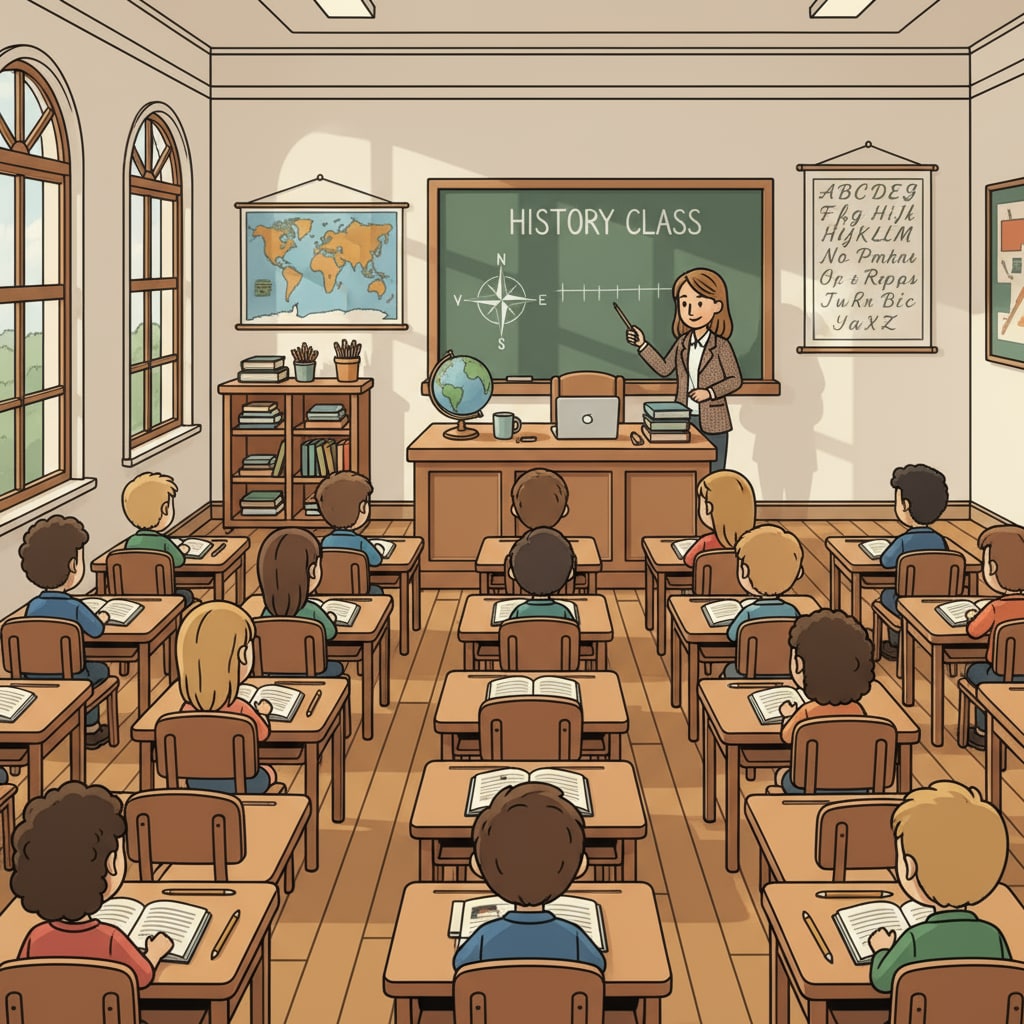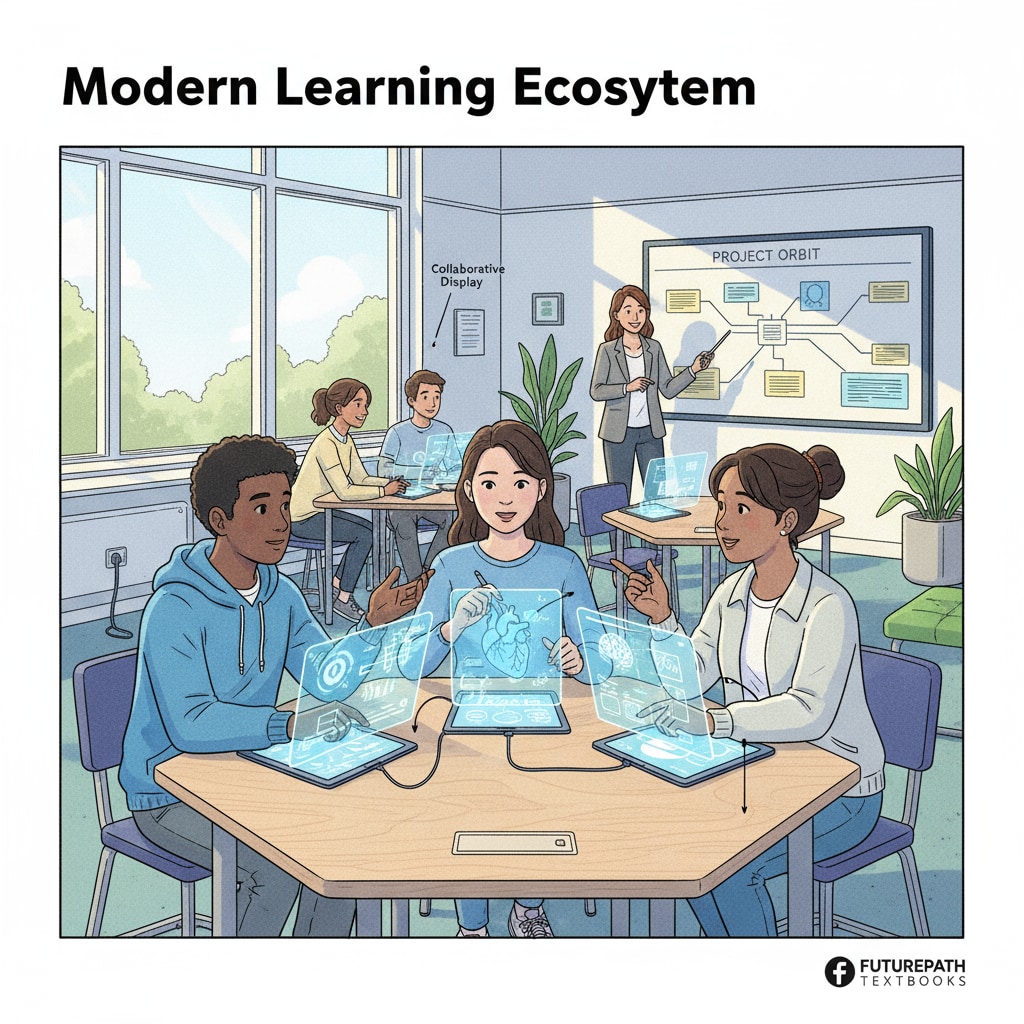Educational innovation, teaching methods, and curriculum design play a crucial role in the development of primary education. However, the contemporary primary education system still adheres to outdated teaching models, struggling to meet the learning needs of students in the digital age. This article critically analyzes the limitations of traditional education and proposes measures such as reforming the curriculum, innovating teaching methods, and integrating technology to cultivate innovative talents adaptable to future society.
The Limitations of Traditional Primary Education
Traditional primary education often follows a rote memorization approach. Students are required to passively absorb knowledge from textbooks and teachers, with limited opportunities for active exploration and critical thinking. For example, in many classrooms, students are expected to memorize facts and formulas without truly understanding how to apply them in real-life situations. According to Wikipedia’s Education Reform page, this one-size-fits-all teaching method fails to consider the diverse learning styles and interests of individual students.

The Mismatch with Modern Learning Needs
In the digital era, students are exposed to a vast amount of information. They need skills like digital literacy, problem-solving, and creativity. However, traditional education rarely focuses on these aspects. Modern learning requires students to be able to analyze information, collaborate with others remotely, and think outside the box. As stated on Britannica’s Education page, traditional primary education is lagging behind in equipping students with these essential skills.

To address these issues, educational innovation is essential. This involves rethinking the curriculum to include more relevant and engaging subjects. For instance, coding and digital citizenship could be added to the curriculum. Additionally, teaching methods should be innovated. Teachers can use project-based learning, where students work on real-world projects, enhancing their problem-solving and teamwork skills. Finally, integrating technology into the classroom can create a more interactive and dynamic learning environment.
Readability guidance: By highlighting the problems and suggesting solutions, we aim to show the importance of educational innovation. We use short paragraphs to convey ideas clearly and add transition words like ‘however’ and ‘additionally’ to improve the flow.


